HospitalityEducators.com changes Business Model
HospitalityEducators.com was created in 2010 to be a resource for hotel owners and professionals as they sought to improve market share, occupancy, operational efficiency and profitability.
The original business model we used was that of a membership organization, and our success included readers and members from all six continents and more than 50 countries. When we evaluated our progress in our business plan mid -year, we realized that our business model was becoming more like a magazine which had never been our intent.
The annual SWOT analysis showed us that we were not focusing on what had been our passion and goals, so we elected to move our business model from the membership site to a resource for both hospitality and other service businesses.
This is the 1st of 3 explanations of how our business model is evolving over the next several months.
Our strengths include a network of professionals who have interacted with and assisted a number of service businesses through teaching and training. To that end, we are pleased to share
A statement of teaching philosophy for HospitalityEducators.com
Our philosophy of teaching includes fostering self-instruction, formulating questions rather than just giving answers and establishing high expectations. Professors have limited capacity to teach students anything – they primarily motivate students to teach themselves. Our principal pedagogical role is to help students learn how to search for a complete answer as we work through the question-and-answer process of real world scenarios. Our goal is to stimulate active learning and acceptance with the idea that being “wrong” is part of learning.
“There is nothing so useless as doing efficiently that which should not be done at all.” Peter Drucker (1909-2005), Author
Our role as the instructor is not only a source of knowledge, but also a source of support and an avenue for other resources. Students can expect that we are approachable, available to answer questions, and genuinely invested in their academic success.
“It’s not hard to make decisions when you know what your values are.”
Roy Disney, American Film Writer
We are firm believers in active learning, and we try to maintain a very interactive classroom. Teaching is not about lecturing to students; it is about presenting theories, concepts, and questions to students in ways they can incorporate into their own life experience or goals.
It should be the goal of every student and professor to increase knowledge and understanding in both the classroom and the real world. Group interaction is an important part of learning, so that all parties share ideas, argue or validate them with others and practice teamwork as an important link in social and mental development.
“A company culture cannot be imposed or mandated. It must grow from within over a long period.”
Isadore Sharp, Founder Four Seasons Hotels
- Teaching is an opportunity to inspire and empower. Our teaching philosophy is based around concepts that bridge and link academic programs to real world situations.
- Strategic planning
- Continuous Learning
- Individualization Achievement in “Real World” applications These real world scenarios offer solid and practical links to the academic work in the class.
Corporate Teaching Philosophy
“Education’s purpose is to replace an empty mind with an open one.”
Malcolm S. Forbes, Publisher, Entrepreneur (1919-1990)
The global community is changing at a record pace and recognizing and responding to emerging opportunities is critical. Keeping focused on achieving agreed upon results requires open, honest, consistent and transparent communication.
The Founders of HospitalityEducators.com careers have always had strong ties to academic integrity, including service as an adjunct professor at different institutions. Additional commitment to learning was delivered to other Institutes and Universities through research and recommendations on curriculum and program specifications for hospitality programs.
Our role as corporate and academic educators in the business world has provided us with individuals who continuously challenge us to seek better and more effective ways to reach the desired goals. We want to challenge others to likewise achieve more from themselves and from others.
As a teacher and as a business professional, one lesson learned from mentors was critical thinking. In a world changing at incredible speeds, this competency is invaluable. Interdisciplinary study lends itself to more creative thought development.
“Success is the result of perfection, hard work, learning from failure, loyalty, and persistence.” Colin Powell, American Secretary of State
Defining Success
- Successful graduates of balanced programs learn certain academics but also have embraced the need to learn certain life lessons, such as the Seven Habits of Highly Successful People.
- Successful innovators and professionals need to develop strong competencies as a leader, a relationship builder, a problem solver and eventually a mentor.
As faculty members , the range of experience and exposure to the industry can be huge, especially if dealing with introductory courses. We set different learning objectives for the level of the course and the student likely to be taking it.
- to fully explore the range of career options available in the field of business
- to provide the appropriate level of information and tools needed to help in the student’s understanding of this class to the options available in business and/or hospitality
- to share real world experiences and examples by a professional who is passionate about what he does
‘It’s fine to celebrate success but it is more important to heed the lessons of failure.”
Bill Gates , Founder of Microsoft)
Blended Learning
Learning occurs as a progression but that process is not uniform with each student. In our careers, we have come to the realization that students learn from us and from each other, but that we also learn from them in this fast-paced world. By sharing with them my teaching objectives and experience, students know that we are genuinely interested in them.



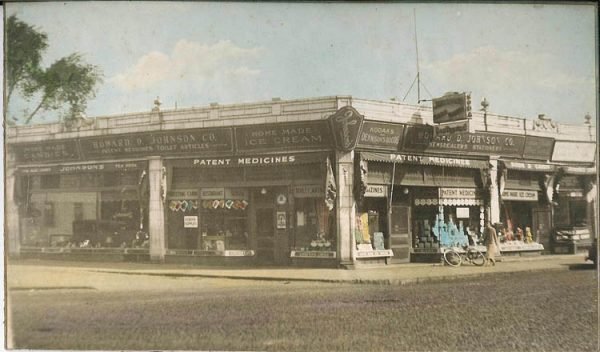
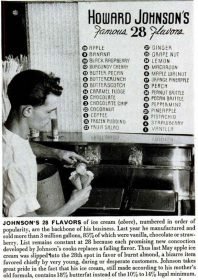
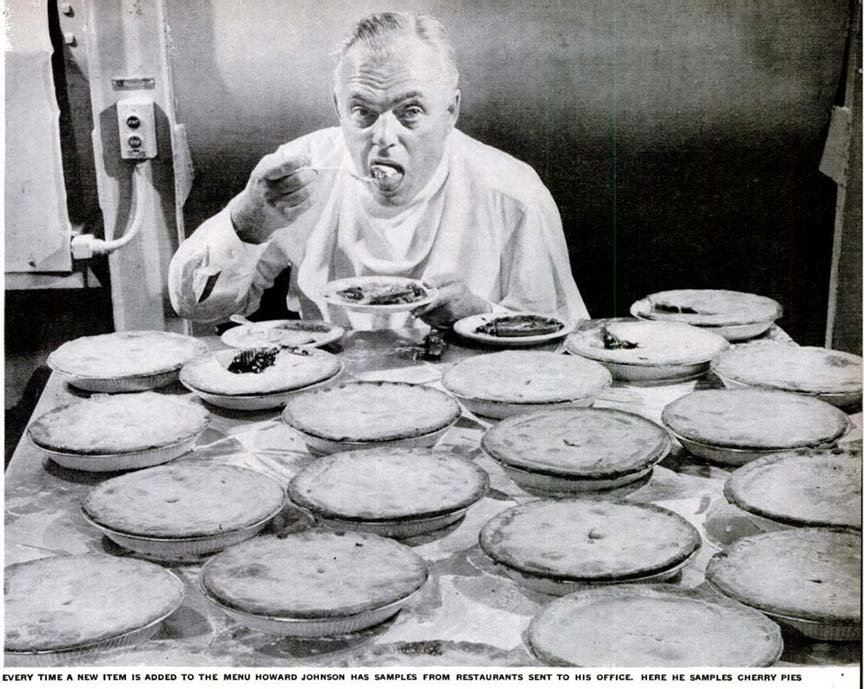
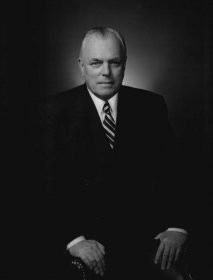
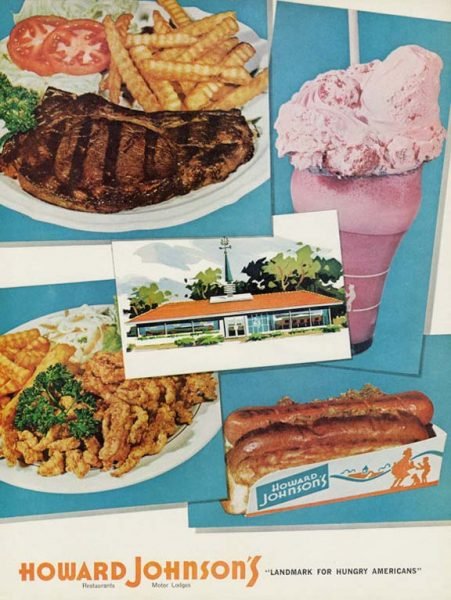


 Updated 2017
Updated 2017




